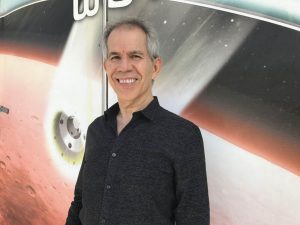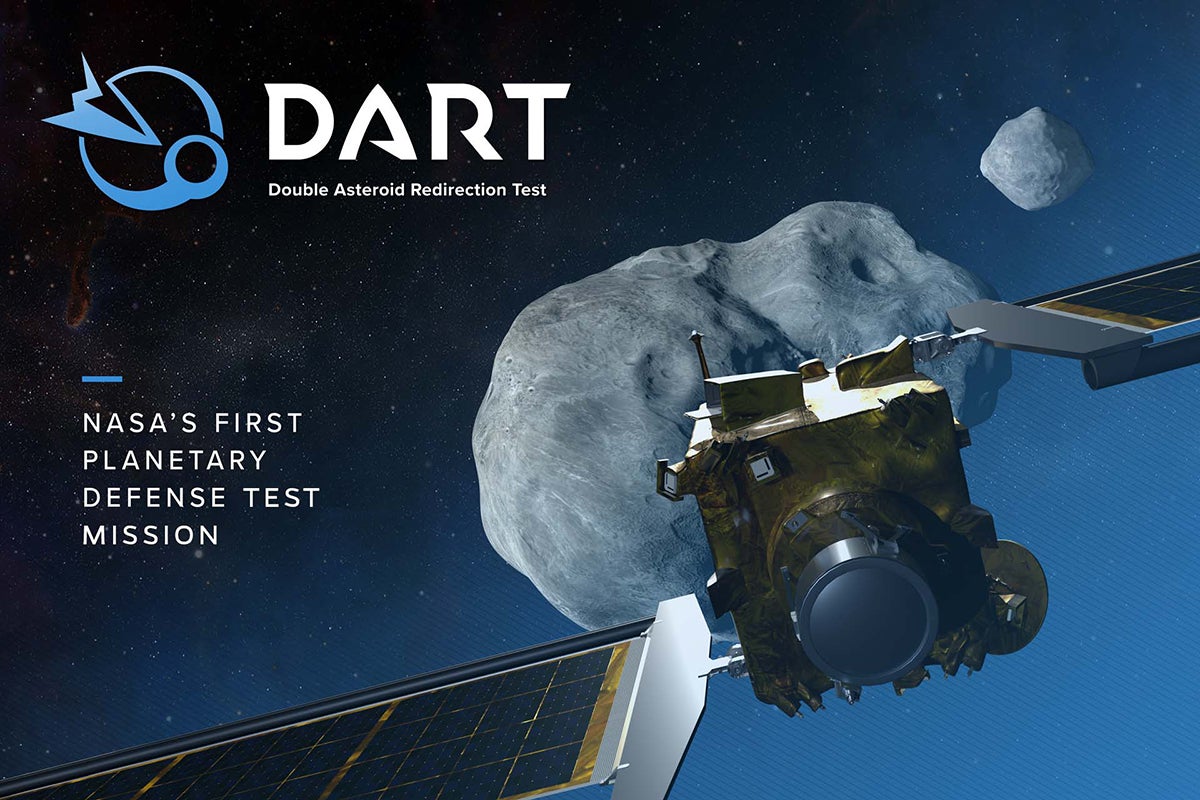In June, at least five asteroids — some as large as a Boeing 747 — will buzz by Earth, coming as close as 431,000 miles from the planet.
Asteroids are always moving through our solar system. Although none of them pose a serious threat to Earth now, they could in the future. As a civilization we must defend Earth against these threats as asteroid impact has happened before, such as the one that may have contributed to the dinosaur extinction, and will happen again if we do nothing.
That’s why NASA’s Jet Propulsion Lab (JPL) in California keeps watch for them, often discovering new items. Until its collapse in 2020, the Arecibo Observatory was also one of the sentinel guards able to quickly characterize new objects.

“There’s a lot of interest in asteroids, as hazards and also as resources for space mining,” says University of Central Florida Pegasus Professor of Physics Humberto Campins, an international asteroid expert. “Space missions are revealing much about asteroids and how to deflect them in case one were to threaten our planet. This isn’t just a U.S. issue, this is a global one, which needs to be addressed to ensure our species’ survival.”
That’s one reason he moderated a panel discussion for the U.S. Department of State focused on international cooperation for planetary defense. The online program took place 10 a.m. June 28. Starting in 2021, Campins served at the State Department as a Jefferson Science Fellow and, although he is now in Spain conducting research at one of their telescopes, he continues to support efforts like this.
The panel discussion is one of several events happening across the globe between June 28-30 as part of Asteroid Day, which is June 30.
Campins was on the first team to discover water on an asteroid and is part of NASA’s OSIRIS REx mission, which is bringing back a sample of asteroid Bennu. The sample may hold clues to how our solar system formed. The sample was collected after a first-of-its kind touch-and-go maneuver. What scientists learn about how the asteroid behaved will help bridge the information gap that exists about asteroids and could aid in figuring out ways to divert them, Campins says. While we haven’t had close calls in a while, the asteroids keep coming.
To watch the panel, visit interactive.state.gov/asteroid-day-2022
Just five days before the State Department event, an asteroid measuring about 110 feet came within 4.5 million miles from Earth, according to JPL. That’s pretty close in terms of space distance.
NASA is exploring options about how to best redirect a threatening asteroid and funded the Double Asteroid Redirection Test (DART) mission as an initial experiment. The mission aims to demonstrate the ability to redirect an asteroid using the kinetic energy of a projectile. The mission, led by the Johns Hopkins Applied Physics Laboratory (APL), is the first of its kind. The spacecraft launched in November 2021 and is expected to reach its target — the Dimorphos asteroid — on September 26, 2022.
DART systems engineer Elena Adams is one of the panelists who also joined Campins on June 28. Prior to APL, Adams worked on various NASA and European Space Agency missions to Mars, Jupiter, Saturn, Europa, and the sun. She has also conducted studies for NASA’s Planetary Defense Coordination Office and the National Oceanic and Atmospheric Administration.
Other panelists are:
- Thomas Jones, a veteran NASA astronaut, scientist, author and pilot. He flew on four space shuttle missions and in 2001, Jones led three spacewalks to install the centerpiece of the International Space Station.
- Lindley Johnson, NASA’s first ever Planetary Defense officer. He is also lead program executive for the office. He is tasked with warning and response to any potential asteroid or comet potentially impacting Earth.
- Ettore Perozzi, an Italian planetary scientist and member of Italy’s LICIACube mission. This spacecraft will detach from DART before the impact and record the images of the impact with asteroid Dimorphous.
Although World Asteroid Day isn’t until June 30, the State Department wanted to make a program available to the international community at no cost to share the strategy and methods behind international cooperation on planetary defense. The panelists are at the forefront of scientific, technological, and diplomatic efforts to ensure the global community is informed and prepared for the risks of asteroid impacts.
“Science diplomacy and global engagement on technology is a top priority for the Biden Administration,” says U.S. Department of State Virtual Program Producer Loren Hurst. “The diplomatic efforts related to planetary defense set a valuable precedent for other critical global issues such as climate change.”
To watch the discussion, visit interactive.state.gov/asteroid-day-2022/.





